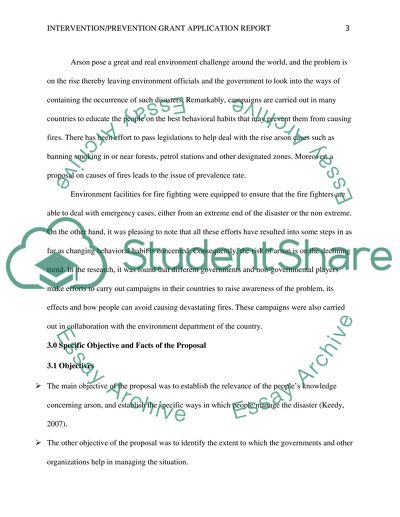Cite this document
(“Intervention/Prevention Grant Application Report (ARSON) Assignment”, n.d.)
Intervention/Prevention Grant Application Report (ARSON) Assignment. Retrieved from https://studentshare.org/psychology/1403222-lasa
Intervention/Prevention Grant Application Report (ARSON) Assignment. Retrieved from https://studentshare.org/psychology/1403222-lasa
(Intervention/Prevention Grant Application Report (ARSON) Assignment)
Intervention/Prevention Grant Application Report (ARSON) Assignment. https://studentshare.org/psychology/1403222-lasa.
Intervention/Prevention Grant Application Report (ARSON) Assignment. https://studentshare.org/psychology/1403222-lasa.
“Intervention/Prevention Grant Application Report (ARSON) Assignment”, n.d. https://studentshare.org/psychology/1403222-lasa.


